If you’re using Elementor for your WordPress website, then optimizing WordPress SEO will not be enough. You need to work on Elementor SEO as well. To work on SEO in Elementor, there are different practices, tools, and types of SEO that you can utilize, and you should. However, before you go and work on Elementor SEO optimization, you should understand the importance of SEO.
Why? Because most of the time, many experts focus on one thing and ignore the other.
They end up improving one part of the website but lose grip on the other. For a long-term goal, that’s not advisable because SEO benefits in the long term.
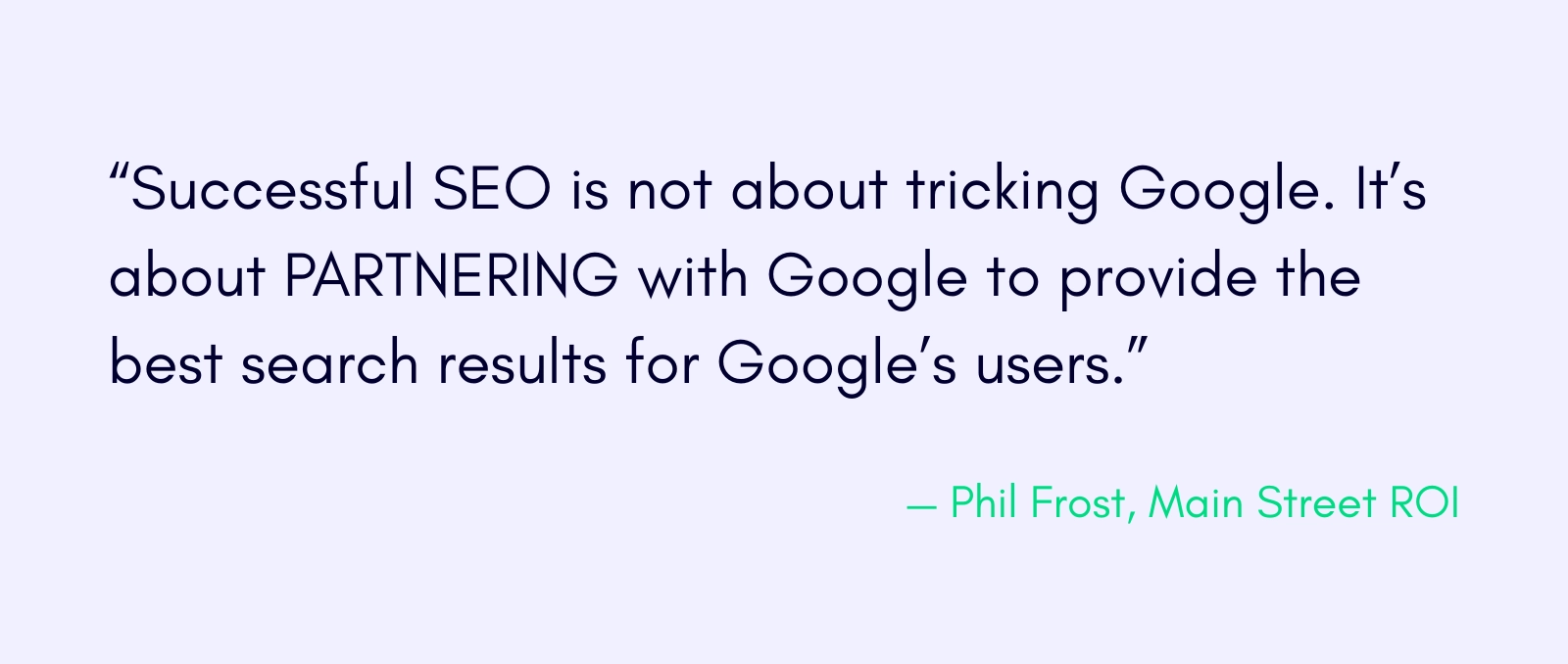
Therefore, while you work on making your Elementor website SEO friendly, you should always have your “Why” in your mind.
And to make it clearer, let’s explore the following aspects of the importance of SEO in web design.
Importance of SEO in Web Design
The importance of SEO in web design cannot be defined by a single fact. You cannot point out one thing and expect it will make complete sense. No, you cannot. That’s why you need to take everything into notice and then approach SEO for your website, and the following points will make this easier to understand.
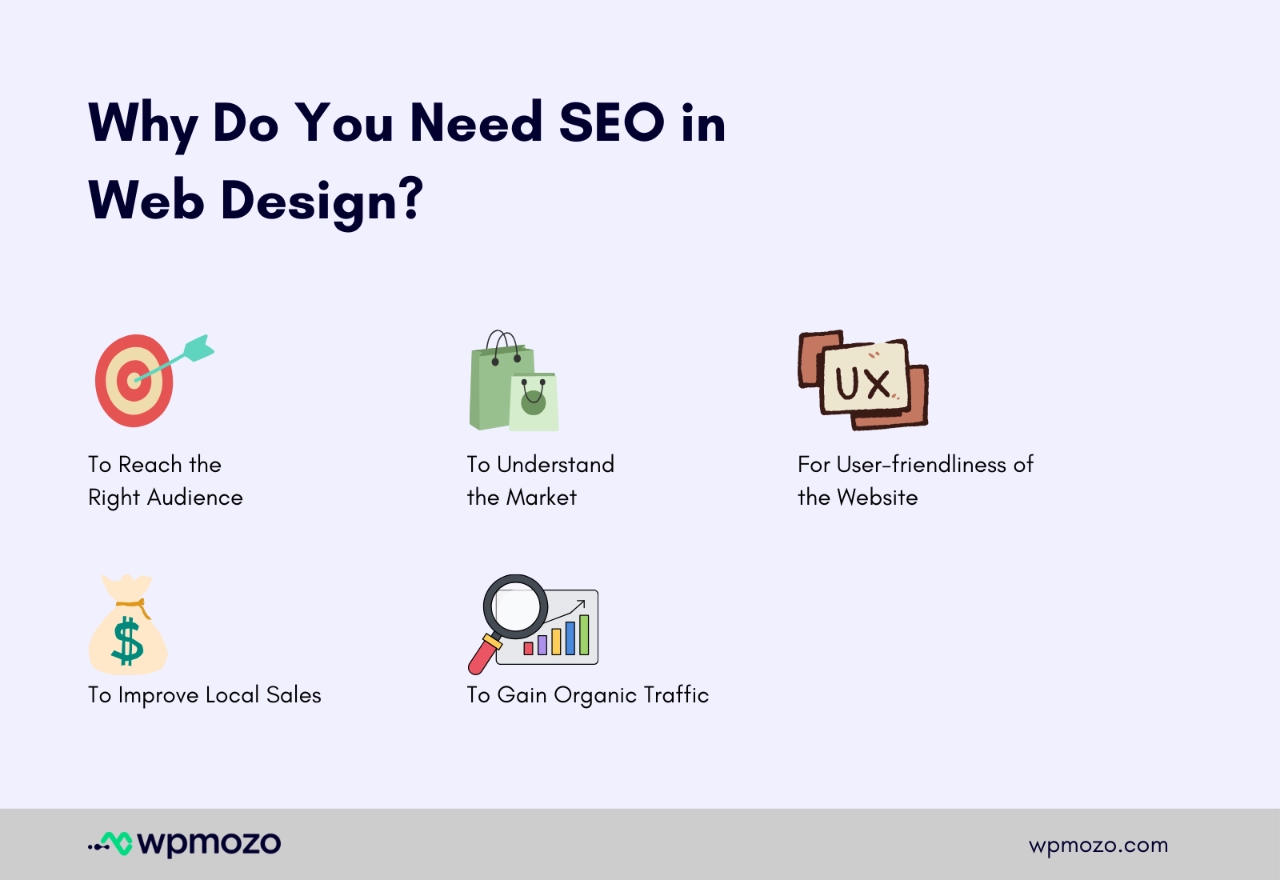
1. Reach the Right Audience
You can say it’s the universal truth when it comes to SEO that it helps you reach the right audience in a good volume. About 300% organic traffic comes from web search than social media. With Search Engine Optimization (SEO) you can make your website, and its web pages rank high and expect the same results.
2. Understand the Market
When you are getting plenty of traffic or visits on your websites, you can analyze many things from it for your business or profession. Different users will explore different pages or content, and from that, you can make sense of what’s getting the attention of the targeted audience and what is not. So, based on the analysis, you can improve your strategies and make the most out of your business campaigns.
3. User-friendliness of the Website
There are generally five types of SEO you need to work on:
- On-page SEO
- Off-page SEO
- Technical SEO
- Local SEO
- Video SEO
Among the above, Technical SEO is something that makes your website easy to explore. If you don’t work on SEO, it simply means you’re avoiding Technical SEO. But if you’re working, it means you have handled the techy one as well. Hence, a user-friendly website that search engines like Google love to rank high.
4. Local Sales
With Search Engine Optimization, you will increase local sales because SEO’s part, Local SEO, will optimize your presence for the city or neighbourhood you operate in as well. SEO is a whole package, not just reach, but it gives you real connections, and nothing is better than local connections. So, if you’re doing SEO for your website, you’re doing it for the people who live near buy and might need your service asap.
5. Better Than PPC
Google Ads try to compete with organic search results, but most of the time, they fail.
Why?
Because we humans have tendencies to do things that are naturally found, and that’s what organic results are, and that’s what SEO helps you to do. If you optimize your website keeping long-term SEO in mind, you can expect around ROI of 500%-1300% on SEO efforts as compared to PPC offering around 200% ROI.
Therefore, it’s a wise decision to stick with SEO when you want long-term benefits, and that too provides high yield.
Understanding Elementor SEO
If you are talking about Elementor SEO, then it simply means you are talking about WordPress SEO. Because Elementor is a page builder, and whatever you do for SEO in Elementor, you’re doing it for WordPress. However, WordPress offers some built-in options that allow you to improve website SEO.
For example, it provides:
- Post URL settings (permalink structure)
- Image Lazy loading
- Website Title and Description
- Visibility options
- Image ALT text feature
These WordPress SEO features help you work on some basic SEO needs for Elementor. Now, if you’re focusing on WordPress features, you should give attention to Elementor SEO features as well.
Key Features of Elementor for SEO Optimization
Unfortunately, Elementor doesn’t provide any significant in-built features for SEO other than:
- Image Optimization using the Image Optimizer plugin by Elementor
- Lazy loading for Background images
Considering the branches of SEO, these features aren’t enough. You need an additional mechanism, and for that, you can use SEO plugins.
There are multiple SEO plugins for WordPress, but among those, the best are Yoast SEO and Rank Math. These two plugins give you most of the possibilities to work on your website’s on-page, technical, and local SEO. Let’s have a brief look at Yoast SEO Elementor Integration and how you can benefit from it.

How Yoast SEO Can Help
When you integrate Yoast SEO in Elementor, you can expect the following benefits:
- For every page, post, and custom post type, you get real-time SEO insights.
- It allows you to improve on-page SEO with a clear set of rules.
- It allows you to create an organized website structure through semantic headings and breadcrumbs.
- Optimize media files by adding alt text and getting tips on how to improve them according to SEO.
- Optimize content like FAQs for rich snippets with Schema Markup.
- Manage broken link redirection.
- Do proper internal linking.
- Upload the Sitemap without following any complex processes.

If Yoast and Rank Math are offering this much, is there any scope left? Yes, and it is the Design with SEO.
For SEO, with these plugins, you cannot expect aesthetics for some elements. Therefore, WPMozo SEO widgets come in the picture.
These widgets, in addition to offering design, make them SEO ready. You will engage the user after they have been won on the search results. And that’s what matters the most.
Overview of WPMozo SEO Widgets
The widgets WPMozo offers to do Elementor SEO optimization are:
- Breadcrumbs
- Star Rating
- Testimonial Grid
In Elementor, you can add Breadcrumbs using the Rank Math and Yoast SEO plugins. However, they look basic and don’t provide any extensive design possibilities. With the WPMozo Breadcrumbs widget, you can take the style of your breadcrumbs to a new level.

Likewise, the Star Rating and Testimonial Grid widgets provide you with the capabilities to add eye catching ratings and reviews to build trust and authenticity. The Testimonial Grid widget comes with different layouts make it possible to add reviews on your website in a way that looks unique and different.

Such is the case with the Star Rating widget that allows you to:
- Add a star rating with custom styling.
- Use images for ratings.
- Use custom text.
- Add schema markup
But these widgets don’t limit themselves to the aesthetic appeal, but also offer SEO benefits. And that’s what will help you improve Elementor SEO. How? Let’s see that as well.
How the WPMozo SEO Widgets Enhance Elementor SEO
Search Engine Optimization isn’t only about appearing at the top of the search results or on the 1st page of Google. Instead, it’s also about making your website’s pages appear in the search results in a way that captures searchers’ attention effectively. It’s also about how simplified your website’s paths are that makes Google crawl it easily.

When you utilize the Breadcrumbs widget, you help Google and other search engines to crawl your website effectively. Wherever you use the breadcrumbs it clearly signals where the user is, and from where it came.
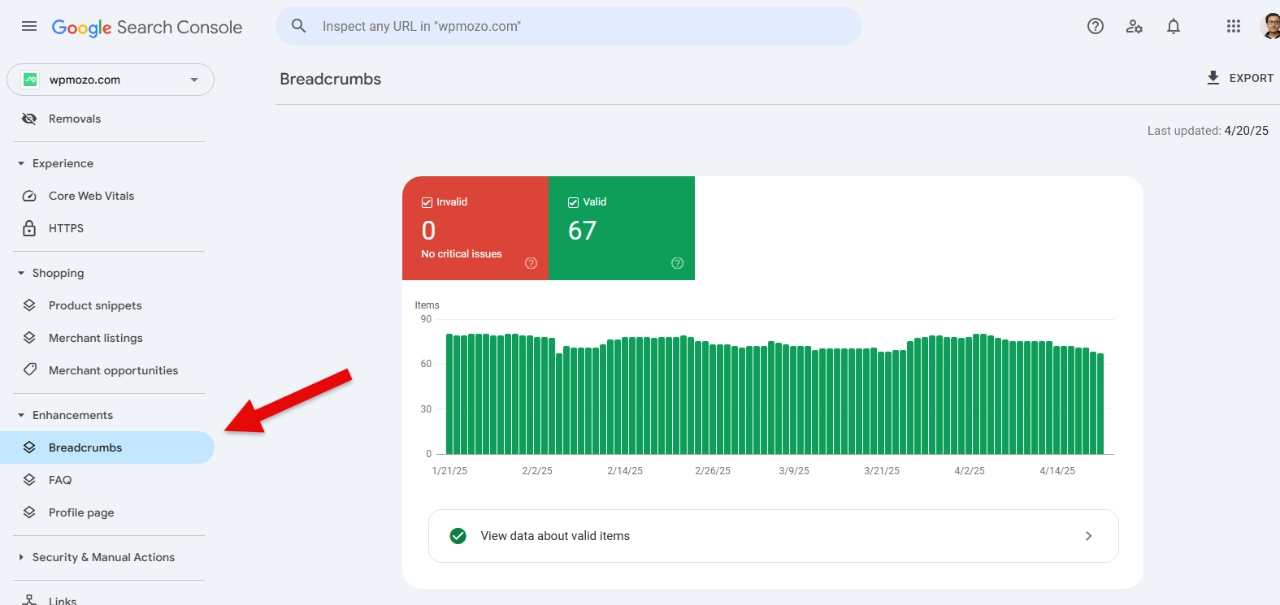
With this, it becomes easier for Google to index your website with the right hierarchy. Thus, enabling it to share your content in the results faster and without confusion and content overlap. Further moving on from this, another mechanism that WPMozo SEO widgets help in is rich snippets. If you don’t know already about them, then know this, rich snippets are searching engines’ way to highlight your content.
There are different types of rich snippets, and some of them look like the following:
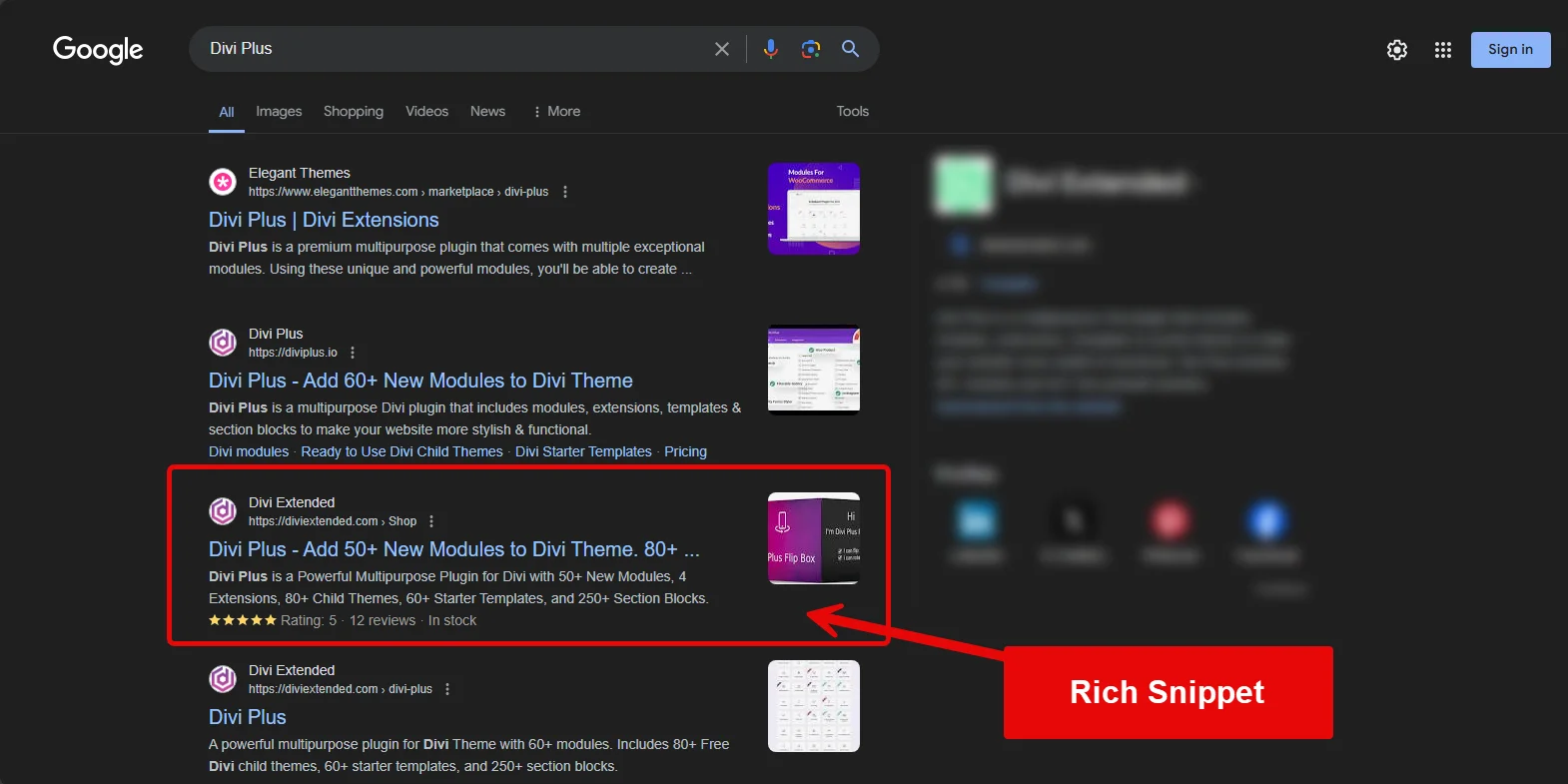
By using the Star Rating and Testimonial Grid widgets, you ensure that your website’s content related to rating schema appear as rich results. These two widgets are schema optimized; hence, you can expect the desired results.
When users see rich snippets, you can expect:
- Higher CTR
- Increased search impressions
- Increased organic traffic
And this is what one looks for when they are optimizing their website for SEO. By incorporating WPMozo SEO widgets, you improve the design as well as SEO of your Elementor website. You add more to what SEO plugins do for your website.
Best Practices for Using Elementor and WPMozo Together
Google’s smart, more than we can think of; therefore, it’s always best we don’t trick it to rank our website higher. Instead, you should approach it in a way that proves to be fruitful most of the time, and when it releases updates in its algorithm, you don’t have to think about your malicious act.
So, when you use the WPMozo widget in Elementor, make sure:
- You use them when it’s necessary.
- Place the breadcrumbs widget on a single page.
- Do not add fake reviews or ratings.
- Always keep the user benefit in mind.
If you follow these ethics alongside Google’s SEO guidelines, you’ll do so good that nothing can stop you from increasing your potential organic traffic.
Common SEO Mistakes to Avoid with Elementor
Among many SEO mistakes, the following are those that you shouldn’t avoid at all costs.
Duplicate Content
Elementor has a feature called Dynamic Content, it lets you pick a particular content on its own if it’s mentioned on the page. So, if you’re using dynamic content, don’t add that type of content manually.
For example, you’re using dynamic content for headings. So, on the page don’t add it manually.
Slow Page Speed
By adding too many visuals without optimizing them, by using unnecessary front-end Elementor addons, and by uploading large media files, you can make the page heavy. This can result in a slow page speed that’s not recommended by Google.
Therefore, optimize your content and use plugins or widgets mindfully.
Missing Elementor Meta Description
Meta descriptions and title tags are important for SEO. Elementor doesn’t add them on its own. Therefore, use the SEO plugins to do it.
Furthermore, make sure you don’t use incorrect heading tags. Always follow the standard practices which is, higher to lower.
Here are some other mistakes that you should avoid while using Elementor page builder if you want to focus on SEO.

Future Trends in SEO for Elementor
To keep your Elementor SEO futureproof, practice the following trends.

By applying these SEO trends, you’ll ensure a better user experience for your visitors and benefit most from your website.
Conclusion and Next Steps for SEO Success
So, we discussed what’s the importance of SEO in web design, plus, what features do WordPress and Elementor offers for it. We also looked at the fact how WPMozo SEO widgets assist you and improves your Elementor website’s SEO. When you follow the practices and avoid the mistakes mentioned, you can do a lot of good with SEO in Elementor.
Not only one aspect of it, but focus on all the aspects. If you’re improving your On-page SEO, try to give a little bit of attention to the off-page as well.
At no cost, you should avoid technical SEO as it helps you to build a website that’s good at navigation and page load, which Google prioritizes most of the time. Furthermore, to keep your Elementor website SEO friendly throughout the year without worrying about SERP algorithm updates, you can:
- Publish quality content
- Regularly check SEO guidelines from Google
- Use AI with care
These are all enough for you to improve an Elementor website’s SEO. Moreover, you won’t need to make constant changes. Now, it’s time you apply everything you learned from this post.
FAQs
Is Elementor good for SEO?
Yes, because Elementor is a WordPress page builder, and WordPress is highly aligned with SEO and offers features to improve it, making Elementor SEO friendly.
Does Elementor optimize images?
Yes, but you need to use Elementor’s image optimization plugin for that.
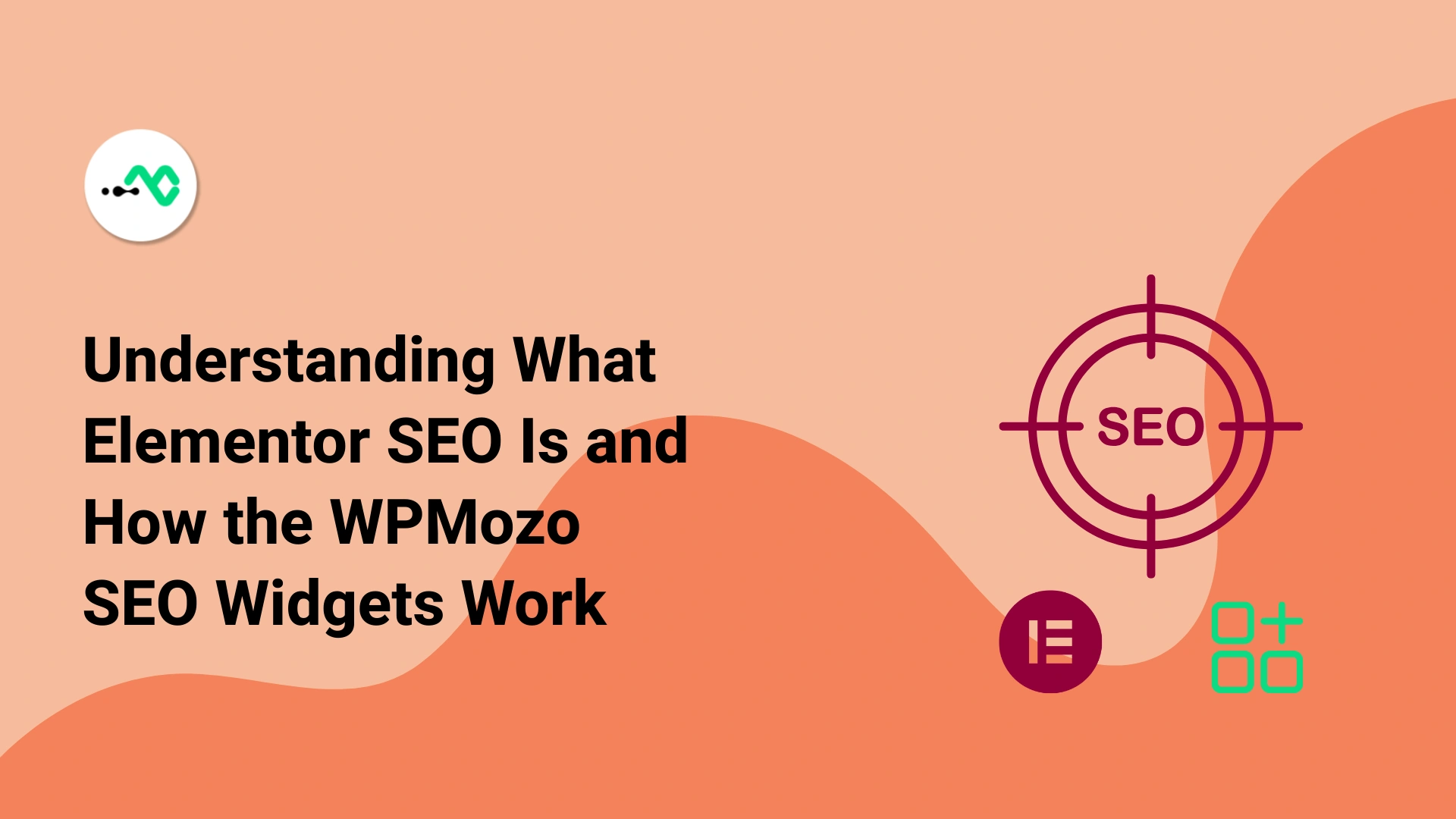
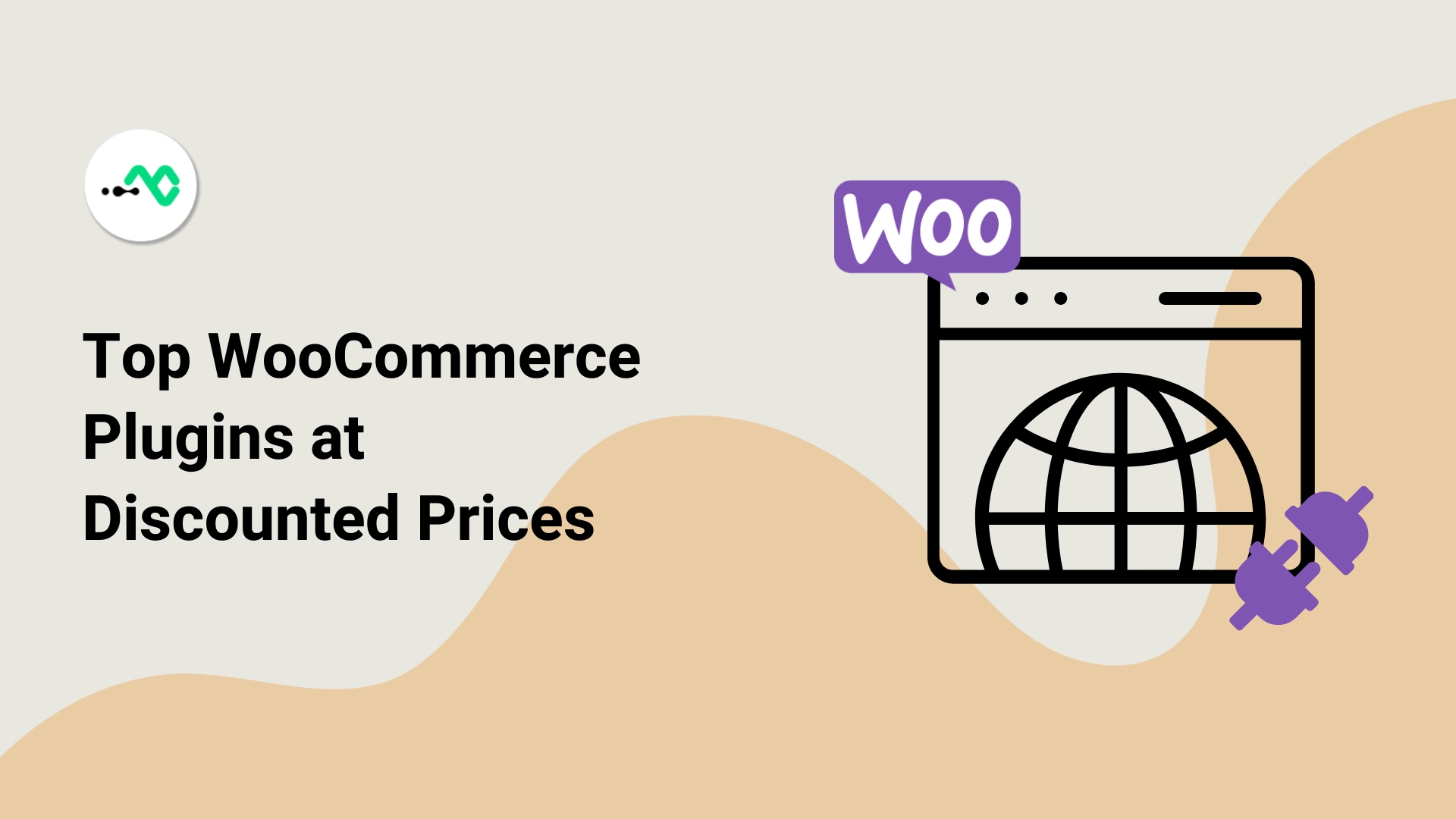




0 Comments